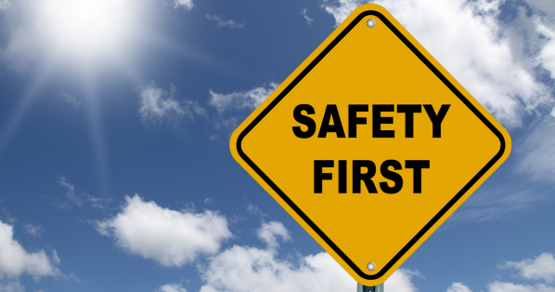OSHA and HazCom citations
By Charles Ayers, CCAR
By the time you read this, the Occupation Safety and Health Administration (OSHA) will have released its “Top 10 Most Frequently Cited” list for fiscal year 2020. And once again there is a high probability that “Hazard Communication” will come in at (or near) the number one most cited violation.
earlier this year, the Coordinating Committee for Automotive Repair (CCAR) hosted a webinar featuring OSHA program analyst Bruce Love. The focus of the webinar was on OSHA’s On-Site Consultation Program, but Bruce also spent time recapping the (FY 2019) top general automotive repair industry hazards cited by OSHA. The number one citation? Hazard Coommunication.
So, what is HazCom and why is it cited so often?
The Globally Harmonized System (GHS) of Classiciation and Labeling of Chemicals is an internationally recognized system for communicating the hazards associated with chemical substances that pose a risk to our health or safety. GHS has three (3) main hazard classes:
Physical Hazards, Health Hazards and Environmental Hazards.
OSHA has adopted the GHS criteria for Physical and Health (the U.S. EPA enforces the Environmental standards.)If you receive, store, handle or use chemicals within your facility, there is a possibility that you or your fellow employees can be exposed.
Section 5(a)(1) of the Occupational Safety and Health Act-often referred to as the General Duty Clause-requires employers to, “…furnish to each of his employees a job and a place of employment that are free from recognized hazards that are causing or are likely to cause death or serious physical harm to workers.”
In 2012, OSHA announced HazCom 2012, its new Hazard Communication Standard. The final rule adopted (in part) the Globally Harmonized System of Classification and Labeling of Chemicals. OSHA required compliance with the training provisions listed in the Standard HazCom 2012 (1910.1200[b]) requires all employers to provide information to their employees about hazardous chemicals to which they are exposed, by means of a hazard communication program, labels, and other forms of warning, safety data sheets and information and training.
The requirements under HazCom 2012 state that the training must address the labeling and Safety Data Sheetsv(formerly known as Materials Safety Data Sheets or MSDS) elements of the Globally Harmonized System of Classification and Labeling of Chemicals. Furthermore, OSHA requires that employers provide employees with effective information and training on hazardous chemicals in their work area at the time of their initial assignment, and whenever a new chemical hazard the employees have not previously received training on is introduced in their work area.
Bottom line? Train all employees on HazCombefore they begin working on the shop floor, and re-train any time a new chemical hazard is introduced (or an existing chemical is modified) at your workplace.
For more information visit www.ccar-greenlink.org


